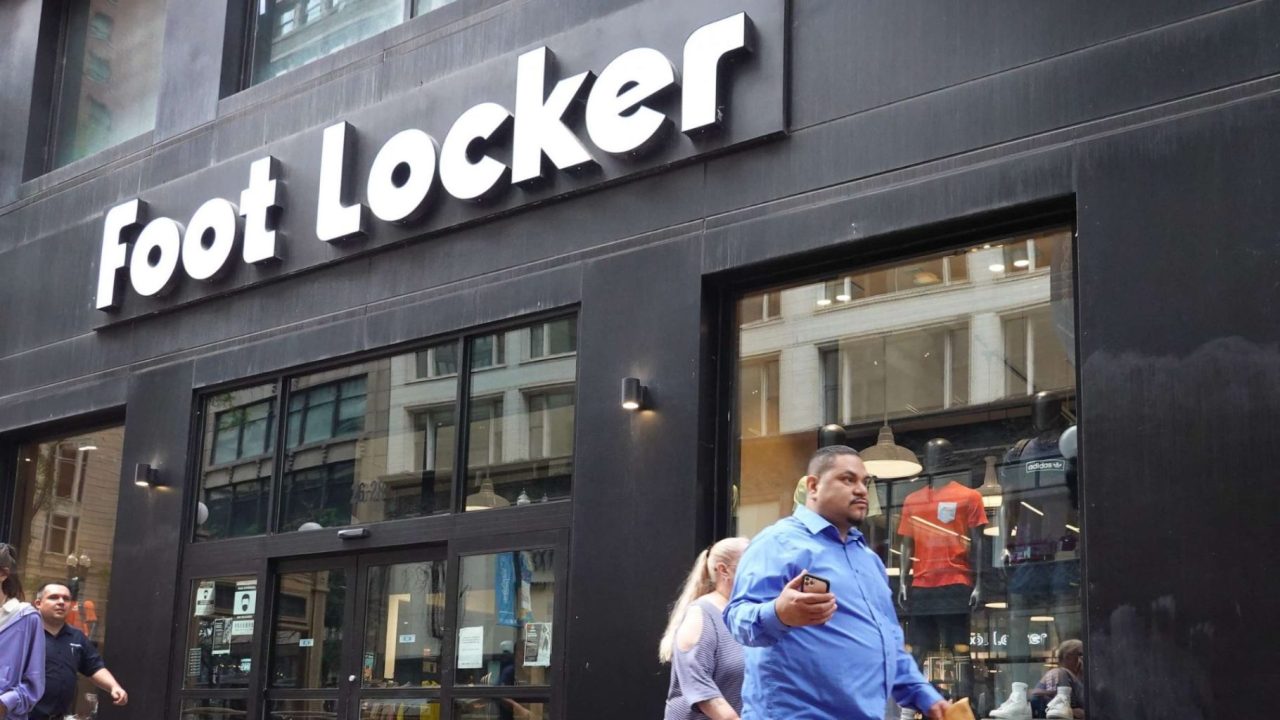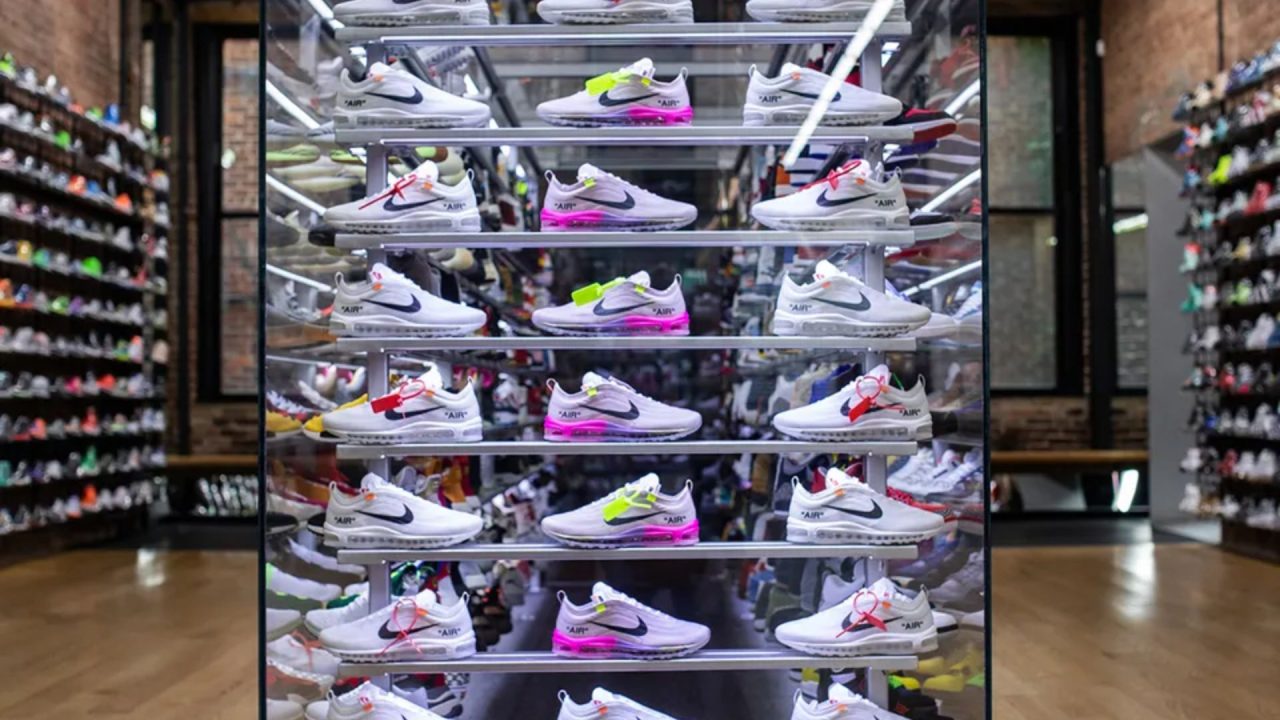Shares of Foot Locker nosedived approximately 30% on Wednesday following the sneaker retailer’s revelation of a holiday-quarter loss, coupled with a pessimistic outlook for the current year and admission of falling short on financial objectives.
According to Foot Locker’s Chief Financial Officer Mike Baughn, the company’s profitability target, initially outlined during its March 2023 investor briefing, is now delayed by two years. Baughn disclosed that the company now aims to achieve an EBIT margin of 8.5% to 9% by 2028.
Here’s how Foot Locker fared in its fiscal fourth quarter compared to analyst projections by LSEG:
– Earnings per share: Adjusted at 38 cents versus expected 32 cents.
– Revenue: $2.38 billion versus expected $2.28 billion.
The company reported a loss in the three months ending Feb. 3, with a net loss of $389 million, or $4.13 per share, compared to a profit of $19 million, or 20 cents per share, in the previous year. Adjusted earnings per share stood at 38 cents.
Despite a marginal increase in sales to $2.38 billion, up around 2% from the previous year’s $2.34 billion, Foot Locker anticipates a worse-than-expected profit for the current fiscal year. The company projects adjusted earnings per share to range between $1.50 and $1.70, compared to estimates of $1.40 to $2.30. Sales are forecasted to decline between 1% to flat, compared to the estimated decrease of half a percent.

Following the substantial decline, Foot Locker’s market value has plummeted by more than half since May 2021.
CEO Mary Dillon acknowledged Foot Locker’s achievement of driving full-price sales alongside attractive promotions during the holiday quarter. However, as the fiscal year concluded, the company resorted to markdowns to clear excess inventory, primarily in the apparel category, resulting in a 3.5 percentage point drop in gross margin.
Dillon emphasized the company’s progress in transforming into a modern, omnichannel retailer for sneakers, highlighting efforts to strengthen brand partnerships, enhance customer engagement, revamp its real estate presence, and spur digital growth.
Despite facing challenges inherited from previous leadership, Dillon’s efforts to turn around Foot Locker have progressed slowly, though she remains highly regarded in the retail industry.
During the quarter, Foot Locker witnessed an overall comparable sales decline of 0.7%, surpassing the company’s projections and analyst expectations of a 7.9% drop. Comparable sales at Foot Locker and Kids Foot Locker in North America increased by 5.2%.
The company has made significant strides in expanding its online sales channels, with digital revenue now comprising about 20% of its total sales mix, with plans to increase this to 25% by 2026.
Dillon has revamped the executive leadership team and made organizational changes “to ensure inventory accountability and enhanced forecasting”.

Furthermore, Foot Locker has inked a new marketing deal with the NBA, announced plans to enter the Indian market, and is on track to achieve its long-term goals.
Dillon’s focus on revamping Foot Locker’s store footprint includes opening 29 new stores, remodeling or relocating 66 locations, and closing 113 stores during the fourth quarter.
Despite Foot Locker’s historical reliance on Nike, the company is diversifying its brand portfolio, with revenue from brands like On Running and Hoka increasing.
Foot Locker recently launched a partnership with Nike and the Jordan Brand named The Clinic, which debuted during the 2024 NBA All-Star Game in Indianapolis, signaling a continued strong relationship with the athletic giant.
While sharing the insight of this partnership Dallon said, “It’s important to note our relationship our partnership with Nike is strong,” he added, It’s important to note our relationship our partnership with Nike is strong,” further in his statement.


